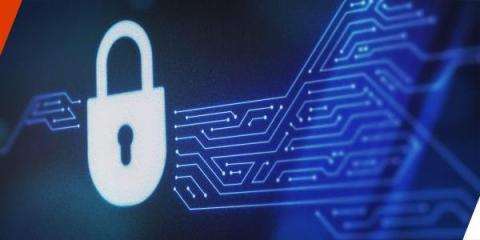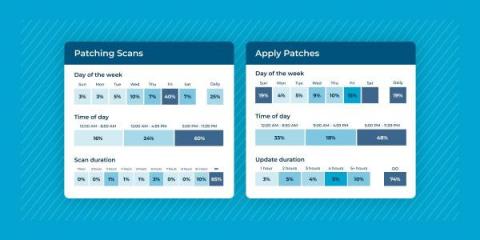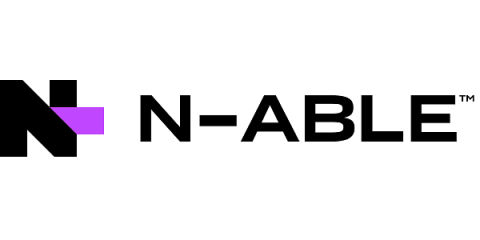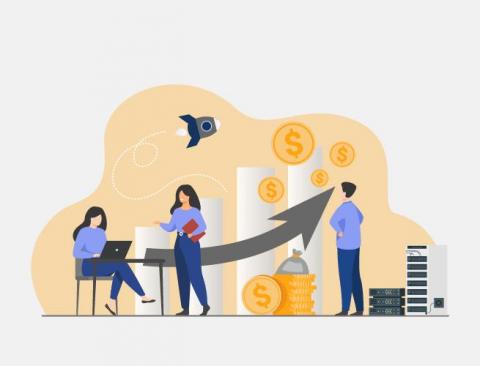Operations | Monitoring | ITSM | DevOps | Cloud
Latest News
What is Secure Access Service Edge (SASE)?
Check Point’s 2022 Workforce Security Report states that more than half of the workforce works remotely in 57% of organizations. The increase in the number of employees that work from home brings up new security implications that on-premise IT environments didn’t have to worry about. As organizations continue to undergo digital transformation, the existing network and network security architectures no longer meet the needs of the current digital era.
The Importance of CVE & CVSS Scores
As we move into the new year, organizations can expect the number of cyberattacks to increase significantly. In order to battle these upcoming threats, effective patching and patch management processes will be essential. Before patching vulnerabilities, there are two main vulnerability assessments that IT teams should focus on: CVE & CVSS scores. Below, we’ll examine the importance of CVE & CVSS scores along with some of their uses and benefits in the cybersecurity space.
N-able Strengthens Security Offerings with 24x7 Managed Detection & Response Powered by SentinelOne Vigilance
BIG Changes to Windows Feature Updates
It is safe to say that anyone responsible for patch management will have had their fair share of issues with Windows Feature Updates over the years. These updates have amounted to new operating systems versions being released up to twice a year, and needless to say, could be huge in size—ranging anywhere from 3GB to 6GB. This resulted in not only long download times, but also lengthy install times—anywhere from one to two hours—that required multiple reboots to complete.
How MSPs can Capitalize on the Rush for Localization of IT Services
“If you are a managed service provider (MSP) in Switzerland, your customers are very likely Swiss customers, so they speak the local language, and they want their data to be in Switzerland, and they want your service provider to comply with all the Swiss regulations. And the same is true in 190 other countries, especially after last year,”
Using SOC-as-a-Service to Bridge the Cybersecurity Talent Gap
As the cyberthreat landscape is getting more sophisticated, the need for skilled cybersecurity professionals is also rising. The recent 2022 (ISC)2 Cybersecurity Workforce Study revealed that, in the past year, the cybersecurity workforce gap (the difference between the number of security professionals required and the number of suitably qualified people in the marketplace) has grown more than twice as much as the number of actual cybersecurity workforce hired, with a 26.2% year-on-year increase.
The 2023 Network IT Management Report Part 2: Confidence and Automation
IT Security Checklist to Protect Your Business
During the COVID-19 Pandemic, it was reported that cybercrime increased by 600%. As the world has become more reliant on technology, whether for personal life or for business, cyberattacks have risen with it. Unfortunately, there are a lot of cybersecurity misconceptions that prevent businesses from adequately preparing for and responding to these attacks. More time and resources need to be spent protecting this critical information.
How To Uninstall a Problematic Patch: A Step-By-Step Guide
Let’s be honest. Patching is tedious work. In a recent patching study by Ponemon and ServiceNow, it was revealed that 65% of businesses say that it is difficult to prioritize patches. Even after applying a patch, the patch management process doesn’t end there. Sometimes, new patches create more problems than they fix. This step-by-step guide prepares for such situations and explains how to uninstall a problematic patch.







